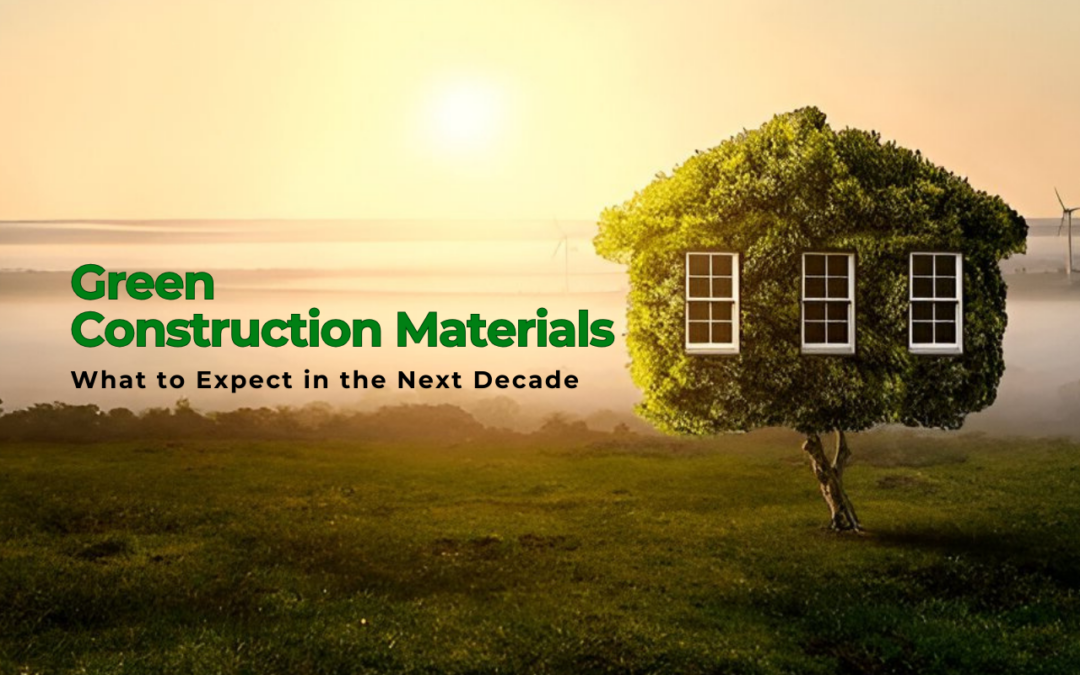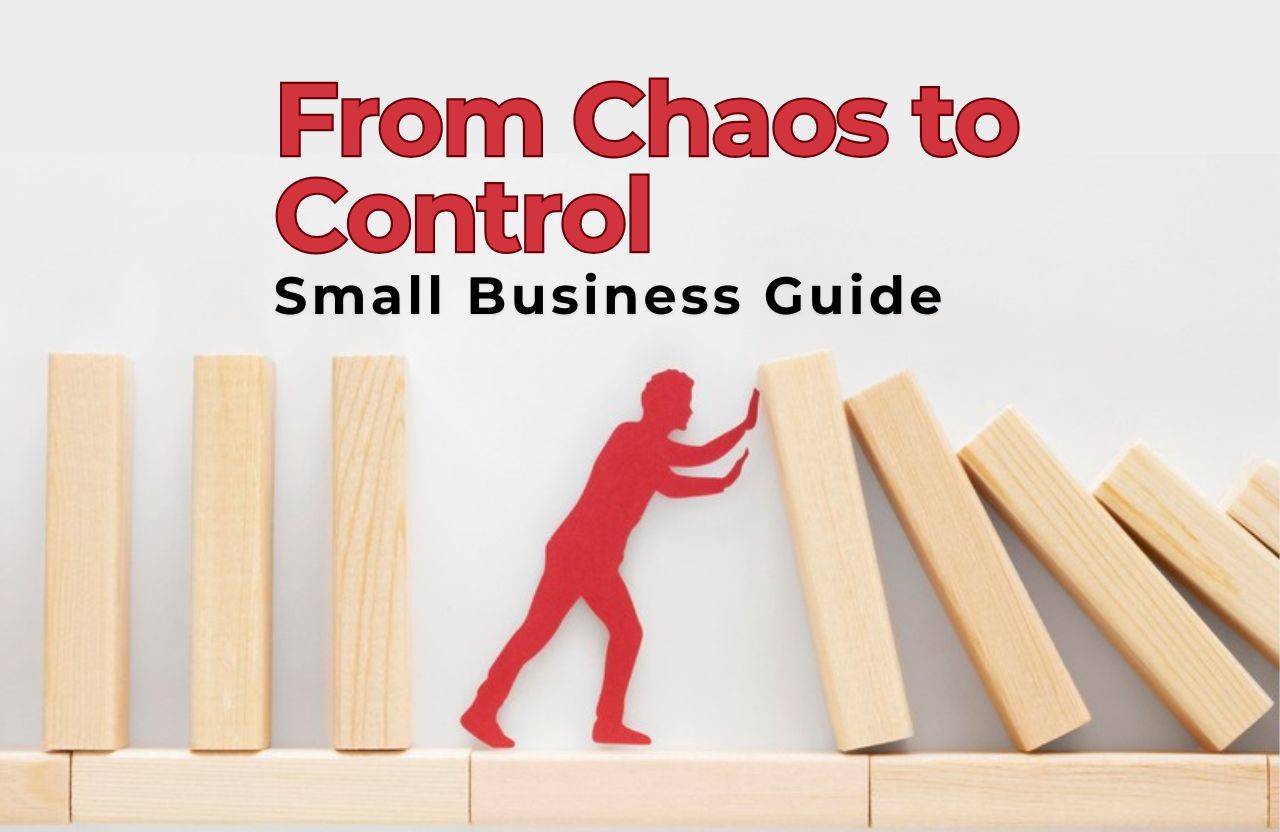The global push towards sustainability is reshaping industries, and the construction sector is no exception. The green construction materials market is projected to grow significantly over the next decade, driven by environmental regulations, consumer demand for eco-friendly structures, and innovations in sustainable technologies. According to a report by MarketsandMarkets, the global green building materials market size is expected to grow from USD 280 billion in 2020 to USD 523 billion by 2027, at a CAGR of 11.3% during the forecast period.
1. Market Growth and Trends
- Rising Demand for Sustainable Infrastructure: Governments worldwide are implementing stringent regulations to reduce carbon footprints. As a result, the demand for green building materials such as recycled steel, bamboo, reclaimed wood, and low-emission concrete is skyrocketing. For example, the European Union’s Green Deal aims to make Europe climate-neutral by 2050, significantly boosting sustainable construction projects.
- Technological Advancements: Innovations in materials science are leading to the development of energy-efficient insulation, smart glass, and biodegradable composites, enhancing building performance while minimizing environmental impact. The smart glass market alone is projected to reach USD 8.13 billion by 2026, growing at a CAGR of 15.2% from 2021 to 2026.
- Circular Economy Integration: The shift towards a circular economy is encouraging the use of materials that can be reused or recycled, reducing waste and promoting resource efficiency. The Ellen MacArthur Foundation reports that applying circular economy principles in construction could reduce global CO2 emissions by up to 38% by 2050.
- Regional Growth Hotspots: North America, Europe, and the Asia-Pacific region are expected to dominate the market due to robust green building certifications, urbanization, and government incentives for sustainable construction. For instance, China’s 14th Five-Year Plan emphasizes green development, aiming for 70% of new urban buildings to be green-certified by 2025.
2. How Green Materials Can Boost Your Business’s Profitability
Investing in green construction materials isn’t just good for the planet—it’s also beneficial for your bottom line. Here’s how:
- Operational Cost Savings: Sustainable materials often improve energy efficiency, reducing heating, cooling, and lighting costs in the long term. According to the U.S. Green Building Council (USGBC), green buildings can reduce energy use by 30%, water use by 50%, and carbon emissions by 35% compared to conventional buildings.
- Increased Property Value: Eco-friendly buildings tend to have higher market value and attract premium rents due to their sustainability credentials. A study by Dodge Data & Analytics found that green-certified buildings have an asset value increase of up to 7% compared to traditional buildings.
- Brand Differentiation: Companies that prioritize sustainability can enhance their brand image, attract eco-conscious clients, and stand out in a competitive market. A Nielsen survey revealed that 81% of global respondents feel strongly that companies should help improve the environment.
- Regulatory Benefits: Staying ahead of environmental regulations can prevent costly compliance issues and qualify your projects for green building incentives and tax breaks. For example, the U.S. offers tax deductions under the Energy Policy Act for energy-efficient commercial buildings.
3. Business Case for Sustainable Construction
The business case for sustainable construction is stronger than ever:
- Resilience Against Market Fluctuations: Green buildings are designed for durability and adaptability, ensuring long-term value. Studies show that sustainable buildings have lower operational costs and higher occupancy rates, even during economic downturns.
- Attracting Investment: Investors are increasingly focusing on ESG (Environmental, Social, Governance) criteria. Sustainable construction projects are more likely to attract funding from environmentally conscious investors. According to Morningstar, sustainable funds attracted a record $51.1 billion in net new money in 2020, more than double the previous year.
- Employee Productivity and Well-being: Green buildings with natural lighting, better air quality, and sustainable materials improve occupant health and productivity, reducing absenteeism and enhancing workplace satisfaction. The World Green Building Council reports that improved indoor air quality can enhance productivity by up to 11%.
4. Innovative Startups Disrupting the Green Construction Materials Industry
Several innovative startups are transforming the green construction landscape:
- CarbonCure Technologies: This company injects recycled CO2 into concrete to improve its strength while reducing its carbon footprint. Their technology is used in over 300 plants worldwide, helping save thousands of metric tons of CO2 annually.
- BioMASON: They grow bio-cement using microorganisms, offering a sustainable alternative to traditional cement. Their technology reduces carbon emissions by 85% compared to conventional methods.
- BamCore: Specializes in bamboo-based framing systems that are strong, renewable, and carbon-sequestering. Bamboo grows rapidly and sequesters more carbon than traditional timber, making it an eco-friendly alternative.
- Plant Prefab: Focuses on sustainable, modular construction with eco-friendly materials and energy-efficient designs. Their prefabricated homes use 30% less energy and produce 90% less waste compared to traditional construction.
Challenges in the Green Construction Materials Market
While the growth prospects are promising, the green construction materials market faces several challenges:
- Higher Initial Costs: Sustainable materials can have higher upfront costs, deterring budget-conscious projects.
- Lack of Awareness: Some regions still lack awareness about the benefits of green construction, slowing adoption rates.
- Regulatory Barriers: Inconsistent regulations across regions can complicate compliance for international projects.
Future Outlook: What to Expect in the Next Decade
- Smart and Sustainable Cities: The rise of smart cities will drive demand for green materials integrated with smart technologies for energy management and sustainability.
- Net-Zero Buildings: The global push towards net-zero energy buildings will accelerate the adoption of innovative, energy-efficient materials.
- Decarbonization Initiatives: Companies will focus on decarbonizing the entire construction lifecycle, from material production to demolition and recycling.
Conclusion
The next decade will be pivotal for the green construction materials market. Businesses that embrace sustainable practices and invest in eco-friendly materials will not only contribute to environmental preservation but also enjoy increased profitability, market competitiveness, and long-term growth. The future of construction is green, and it’s time to build accordingly.
By leveraging the latest trends, technologies, and innovations, businesses can stay ahead of the curve and capitalize on the growing demand for sustainable construction solutions.













